Aluminum anodizing is a game-changer in the metal industry! But what exactly is it? Why do we need anodizing on machined parts? In this article, I will explain to you what is anodizing why you need it and what is men for CNC machinists and for engineering. In the end, I provide life and part-saving tips so you never put to rubbish your anodized parts again.
- 1. Definition of Aluminum Anodizing
- 2. The Science Behind Anodizing
- 3. Types of Anodizing
- 4. The Anodizing Process: Step-by-Step
- 5. Benefits of Anodizing Aluminum
- 6. Applications of Anodized Aluminum
- 7. DIY Anodizing vs. Industrial Anodizing
- 8. Anodizing vs. Other Surface Finishing Techniques
- 9. Tips for perfect anodized parts
- 10. Conclusion
- 11. FQA for Anodizing
- What is aluminum anodizing?
- Why is anodizing important for aluminum products?
- Can metals other than aluminum be anodized?
- How is the anodizing process carried out?
- Can anodized aluminum be painted or colored?
- What is the difference between anodizing and powder coating?
- Is anodized aluminum environmentally friendly?
- How durable is anodized aluminum?
- Does anodizing wear off? How long can it keep?
1. Definition of Aluminum Anodizing
Aluminum anodizing is an electrochemical process that thickens and toughens the naturally occurring protective oxide layer on aluminum surfaces. Imagine giving aluminum a superhero shield; that’s what anodizing does!
Importance of Anodizing in Metal Surface Treatment
Now, why should we care about anodizing? Well, anodizing is like the secret sauce for aluminum products. It ramps up corrosion resistance, makes sure wear-and-tear is a non-issue, and can even add that aesthetic flair with colors. Not to mention, it’s environmentally friendly!
The anodized coating is rock solid, durable, and non-toxic. It’s no wonder that industries are head over heels for this surface treatment. From aerospace to kitchenware, anodized aluminum is the star player.
Brief Overview of the Electrochemical Process
Alright, let’s get a bit technical but keep it snappy. Aluminum is submerged in an anodizing bath (usually a tub with sulfuric acid, I know, sounds intense!). Then, electrical currents are passed through it.
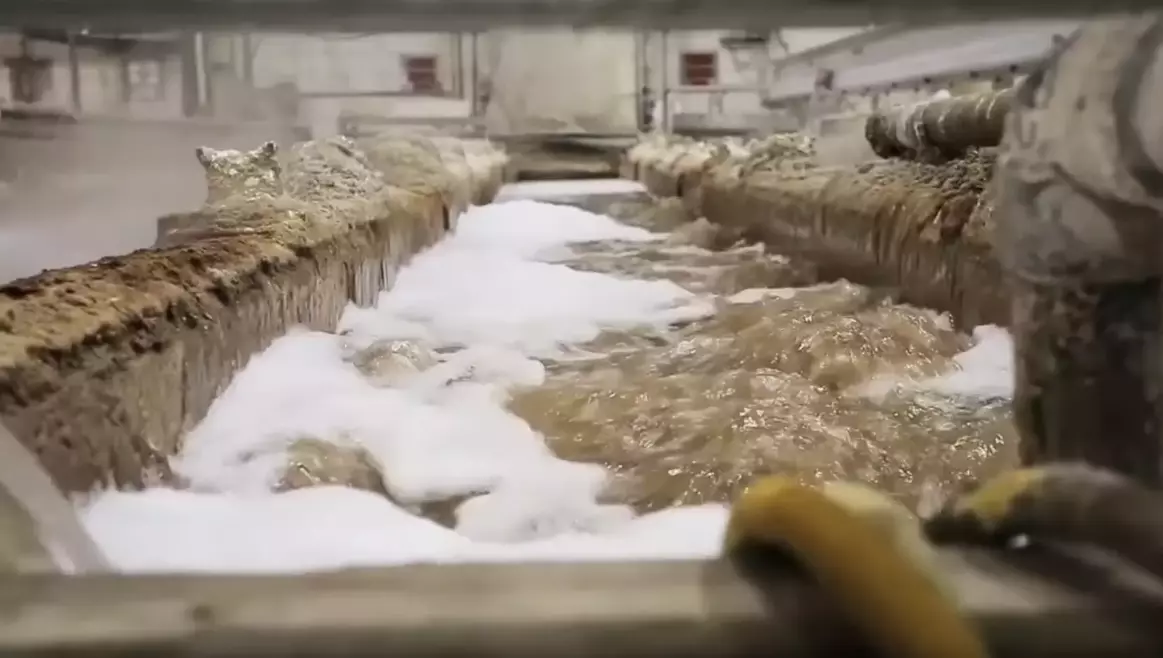
This causes the release of oxygen, which then combines with the aluminum surface to form a sturdy aluminum oxide layer. The beauty of this process is that it’s not just a coating; the surface itself is transformed. It’s like the aluminum went to the gym and came out buffed!
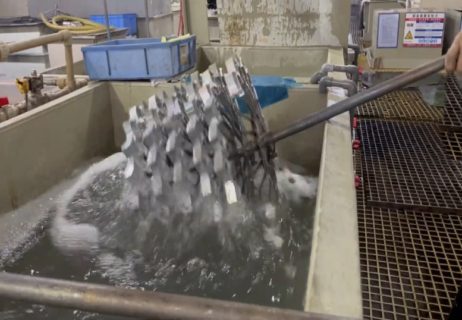
Stay with me, we will dive a little into the science behind anodizing!
2. The Science Behind Anodizing
How Anodizing Works?
Let’s put on our science hats! Anodizing, at its core, is a scientific marvel. Remember how I mentioned the anodizing bath? Well, when aluminum takes a dip in this acid bath, we’re setting the stage for magic – or rather, science! The aluminum acts as an anode (hence the name ‘anodizing’), and an electric current is passed through the bath. This kicks off an electrochemical reaction – the heart of anodizing!

The Role of Electric Current in Creating an Oxide Layer
Now, let’s talk about the star of the show: electric current. This is where the excitement peaks, my friends! When the current zaps through the bath, it gets the aluminum atoms all pumped up. They start releasing oxygen, which then eagerly bonds with the aluminum surface. This bonding is like a friendship that turns the aluminum into a superhero with an armor of aluminum oxide. The electric current is the personal trainer that makes it all happen!
Aluminum Oxide and Its Properties
So, what’s the big deal about aluminum oxide? Picture this: a layer that’s incredibly hard, protective, and sticks to aluminum like it was born there. That’s aluminum oxide for you! It’s corrosion-resistant – think of it as a shield against rust.
Plus, it’s wear-resistant, so it doesn’t get easily scratched or worn out. And here’s the cherry on top: it’s an excellent insulator for heat and electricity. It’s like the Swiss Army Knife of coatings!
But wait, there’s more! This process doesn’t just create a surface layer; it integrates into the metal itself. It’s not a flimsy coat that chips away; it’s part of the team, through and through.
Next up, we’ll delve into the practical side of things and types of Anodizing, stay tuned!
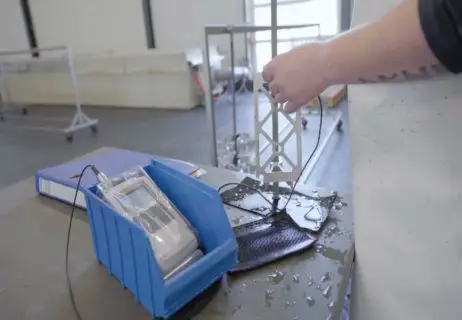
3. Types of Anodizing
A.Type II Anodizing (Standard)
Hold on to your hats, because we’re about to dive into the different flavors of anodizing! First up is Type II Anodizing, the crowd favorite. This is your standard anodizing, the one that’s got everyone’s back.
Type II is all about creating that corrosion-resistant, good-looking surface without going overboard. It’s thinner than its big brother, Type III, but don’t let that fool you. It’s still tough and gets the job done for most applications. Plus, it’s a champ when it comes to holding onto dyes for color anodizing.
B. Type III Hardcoat Anodizing
Now, let’s talk about the heavy hitter – Type III Hardcoat Anodizing. Imagine Type II hit the gym, drank protein shakes, and bulked up; that’s Type III for you. It’s thicker, meaner, and built for the rough stuff. We’re talking military equipment, industrial machinery, and anything that needs to be outstanding to wear and tear. The oxide layer in Type III is like a fortress. Type III Anodizing is the go-to when you need the ultimate protection.
C. Color Anodizing
But what if you want to mix business with pleasure? Enter Color Anodizing. This is where creativity meets functionality. By using different dyes in the anodizing bath or manipulating the electrolytic process, you can have your aluminum sporting a range of colors.
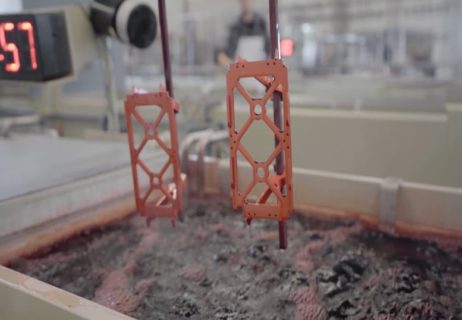
It’s not just about looks; this can be handy for coding parts or adding that personal touch. From ravishing reds to cool blues, the color spectrum is your playground!
4. The Anodizing Process: Step-by-Step
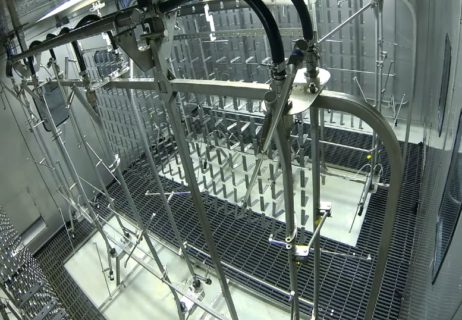
- Step-1: Pre-treatment; Imagine showing up to a fancy party with mud on your shoes – not cool, right? The same goes for aluminum. It needs to be squeaky clean before taking a dip in the anodizing bath. So, we clean and degrease it to make sure there’s no dirt or oils. This step is like giving Aluminum a spa day before the big event.
- Step-2: Anodizing Bath and Electrolytic Process; This is where the magic happens. The clean aluminum is submerged in an acid bath (sulfuric acid is a popular choice). Then, we crank up the power and let electricity flow through. This electrolytic process is like a high-energy dance party for aluminum atoms. They get all excited, releasing the oxygen that bonds with the aluminum surface to form that awesome oxide layer we talked about.
- Step-3: Sealing Anodized Aluminum; Now, we’ve got our anodized aluminum, but we’re not done yet. We need to seal the deal! Sealing is putting a topcoat on anodized surfaces. This step involves hydrating the oxide layer to make sure it’s nice and compact. It’s crucial for maximizing corrosion resistance and making sure the surface is tough.
- Step-4: Post-treatment (Coloring, if applicable); Last but not least, If you’re going for color anodizing, this is where it happens. The anodized aluminum can be dipped in dye baths to get all dressed up in vibrant colors. It’s like giving aluminum a makeover! But coloring isn’t just for looks; it can be functional for coding parts or branding.
5. Benefits of Anodizing Aluminum
Enhanced Corrosion Resistance
Corrosion resistance. Anodizing is like giving aluminum a suit of armor. The oxide layer is a defender against rust and corrosion. Whether it’s rain, humidity, or just the passage of time, anodized aluminum overcomes these challenges.
Improved Wear Resistance
Anodized aluminum isn’t just about defense; it’s also about endurance. Think about all the scuffs, scratches, and dings that metal faces. With anodizing, aluminum can take the hits and keep on shining.
Aesthetic Appeal and Color Options
Now, let’s not forget about style. Anodized aluminum can be a real head-turner. With color anodizing, the options are endless. From sleek blacks to vibrant reds, anodized aluminum can dress to impress. Whether you’re looking to make a statement or need color-coding for parts, anodizing has got you covered.
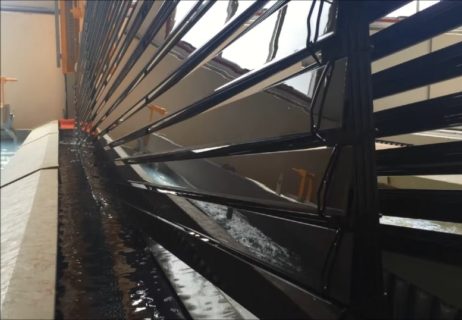
Environmental Benefits
Anodizing is eco-friendly! The chemicals used are not harmful, and the process doesn’t produce nasty pollutants. Plus, anodized aluminum is recyclable. In a world where going green is not just cool but essential, anodizing is a win-win.
6. Applications of Anodized Aluminum
Construction and Architecture
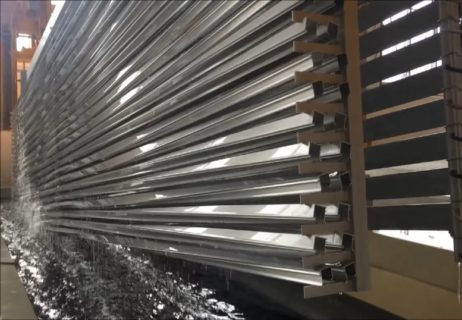
Let’s take a journey through the world of anodized aluminum applications. First stop: construction and architecture. Picture modern buildings with sleek, shiny facades. That’s anodized aluminum in action! It’s not just about the looks; it’s also about durability.
From window frames to roofing, anodized aluminum is the unsung hero, standing tall against the elements and keeping buildings looking sharp. It’s the backbone of modern architecture!
Automotive Industry
Vroom, vroom! Let’s shift gears and race into the automotive industry. Cars and anodized aluminum are like peanut butter and jelly – a perfect match. Whether it’s for engine parts, trim, or custom wheels, anodized aluminum brings the combo of lightweight and toughness that cars love. Plus, with color anodizing, car parts can have that extra flair.
Consumer Electronics
Consumer electronics! From smartphones to laptops, anodized aluminum is the star. Ever wondered what gives your devices that premium feel? You guessed it, anodized aluminum. It’s durable, lightweight, and can take the daily wear and tear. Plus, it looks sleek and modern. Apple Phones and Laptops are a good example.
Aerospace Components
When it comes to aircraft, there’s no room for compromise. That’s where anodized aluminum comes in. With its strength-to-weight ratio and corrosion resistance, it’s the go-to material for everything from airframes to interior components. It’s like the trusty co-pilot that ensures a safe and smooth flight.
7. DIY Anodizing vs. Industrial Anodizing
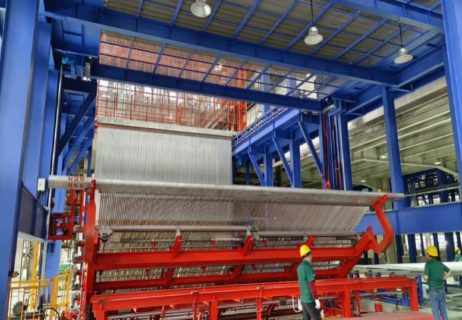
An Overview of DIY Anodizing Kits
Alright, DIY enthusiasts and garage tinkerers, this one’s for you! I am personally fun of home anodizing my custom parts. Ever thought about dipping your toes into the anodizing world right in your backyard? Well, DIY anodizing kits are here to make that dream a reality. These kits are like the home-brew version of anodizing.
They come with all the goodies – chemicals, tanks, and sometimes even dyes for color anodizing. It’s like having a mini science lab in your garage. But remember, with great power comes great responsibility. Safety first!
When to Opt for Professional Anodizing Services
Industrial anodizing. If you’re looking for precision and consistency, or have a large-scale project, it’s time to call in the pros. Professional anodizing services have the equipment, expertise, and quality control to handle the heavy lifting. It’s like hiring a master chef for a banquet. Plus, they can handle specialized processes like Type III Hardcoat Anodizing. When the stakes are high, or the job is complex, industrial anodizing is the way to go.
A famous USA-based anodizing company here.
Safety Considerations
Before we wrap up, let’s have a heart-to-heart about safety. Anodizing involves chemicals and electricity, so it’s not something to take lightly. Whether you’re going the DIY route or working in an industrial setting, safety gear is a must. Gloves, goggles, and proper ventilation – don’t skimp on these. And always, always follow the guidelines and instructions. Safety is like the golden rule of anodizing.
8. Anodizing vs. Other Surface Finishing Techniques
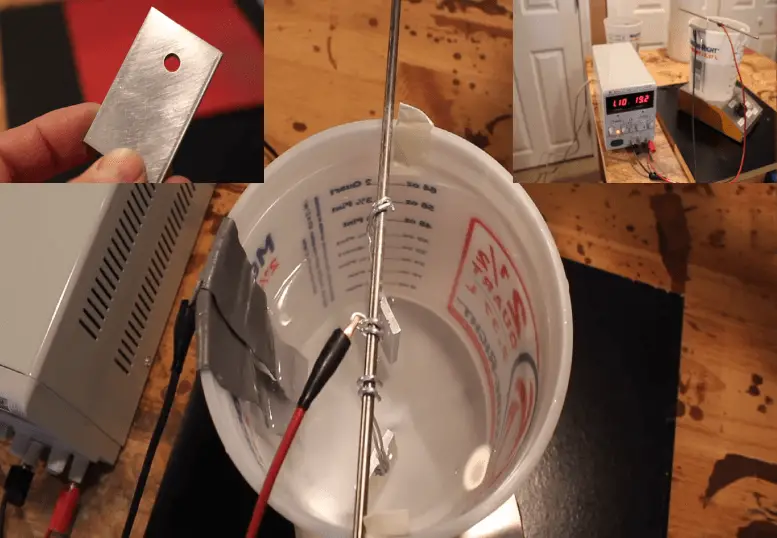
Anodizing vs. Powder Coating
Let’s get ready to rumble! In one corner, we have Anodizing, and in the other, Powder Coating. How do they stack up? Anodizing, as we know, is the electrochemical champ that builds an oxide layer from the aluminum itself.
Powder coating, on the other hand, It’s a dry finishing process that uses a powder to create a tough, protective layer. But here’s the kicker: powder coating can be thicker and comes in more colors, but anodizing takes care of durability and corrosion resistance.
Anodizing vs. Electroplating
Next up in the ring, we have Electroplating. Now, this is a classic. Electroplating is like giving metal a shiny new suit by depositing a layer of another metal on top. It’s all about the bling and protection.
But here’s where anodizing shines – it’s more challenging and more integrated with the base metal. Electroplating might be the old-school cool, but anodizing is more robust.
Choosing the Right Surface Treatment for Your Project
So, how do you choose between these metal-finishing methods? It’s all about what your project needs. If you’re looking for color options and a thicker coating, powder coating might be your jam. If it’s about corrosion resistance and durability, anodizing is the way to go. And if you want that metallic finish, electroplating is your go-to solution.
And there you have it, folks! The world of anodizing is vast and exciting. Whether you’re a DIY enthusiast, an industry pro, or just love learning about cool processes, anodizing has something for everyone.
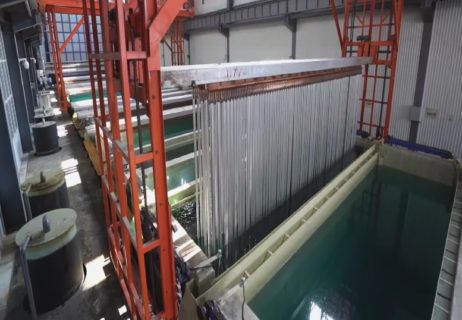
9. Tips for perfect anodized parts
From my experience, If you source out anodizing(this is the most preferred way for most of us as professional CNC machinists) I can say that successful anodizing starts even before parts arrive at anodizing shop. So I am sharing life and part-saving tips with you in this section.
- Deburr the part: After machining aluminum parts deburr the edges properly. You will not have a chance to deburr them after anodizing. Anodized parts create a uniform texture and trust me your customers don’t want to see a scar on it.
- Eliminate sharp corners, and edges on soft jigs: Sharp corners and edges can easily damage your parts while holding them with soft jigs, and step clamps. After anodizing those marks can be seen clearly. To eliminate this, always soften corners and edges and re-machine soft jigs before starting jobs.
- Clean the parts: Clean the machined parts before sending them for anodizing. Heavy-duty tapping lubricators even can survive against acid baths. Be sure any feature on the workpiece does not hold grease and dirt.
- Calculate critical clearances while machining: Anodizing adds another layer on top of the part`s visible surfaces. The anodizing layer can vary from 0.001 inches – 0.002 inches(ask your anodizing service provider for more realistic values). So you can machine that much less or more. In this way, you can catch the required tolerances.
- Check holes after anodizing: After anodizing this added layer will change the dimensions of pin holes and will build up on threaded holes. If the pins do not fit you may need to put the reamer again to the hole. Same as for tapped holes, if you cannot verify the threaded holes with go-nogo plug gauges you may re-tap the holes again to clear up that layer from the threads.
10. Conclusion
Manufactured Aluminum parts get an upgrade with a tough, protective oxide layer through an electrifying bath. It’s not just about being tough; it’s also about looking good with color options. From construction to gadgets, anodized aluminum is the most used option in the industry. And let’s not forget, it’s giving a high-five to Mother Earth with its eco-friendly process.
Final Thoughts on Choosing Anodizing for Your Aluminum Products
As we close this chapter, let’s ponder on this – why choose anodizing? Well, if you want your aluminum products to last longer, fight off corrosion, and maybe even strut around with vibrant colors, anodizing is your ticket. Whether you’re tinkering in your garage or running an industrial giant, anodizing is a tool that’s as versatile as it is powerful.
So, next time you see a shiny piece of aluminum, give a nod to the wonders of anodizing. And if you’re looking to dive into the world of metal finishing, know that anodizing is a trusty ally in your arsenal.
Stay curious, stay safe, and keep exploring the wonders of metal finishing!
You can check this article about metals.

